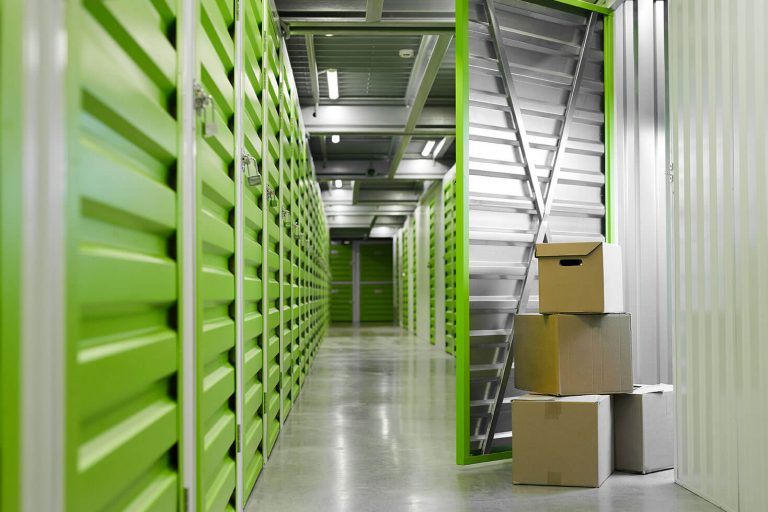End of Year Tax Strategies You Can Take to the Bank – Part One
A version of this article was first published in the December 15, 2021 issue of the Self Storage Report, the official newsletter of the Texas Self Storage Association
The news out of Washington is that taxes will be rising again. Initial drafts and bills are just beginning to be released. We’ve seen numerous variations at this point and not nearly as bad as we once thought. Individual taxes and capital gains look to stay the same. The corporate minimum looks to go up along with taxes on certain types of estates and trusts. These and many more tax increases are on the table. What can building owners do to plan while the administration and congress jockey for position? Here are a few strategies that owners can take to the bank and help reduce their burden come year end.
Did you renovate or remodel in 2021?
A partial asset disposition (PAD) allows an owner to write down the basis of items that were removed from a building and disposed of. Think of doors, HVAC, a roof, even sheetrock and concrete. Typically building owners capitalize the whole renovation when some portion of the demo or disposal can often be expensed. Building owners can receive a tax deduction in the same tax year as the renovation but it is a “use it or lose it” opportunity. Fail to capture a PAD in the current tax year and the opportunity for the write down is lost permanently. This strategy is a true tax savings and not a deferment as it results in a tax savings at the time of sale.
Tax Tip: Any renovation project you are making should be viewed in the lens of taxes as well as facility and materials. This can be applied to most renovation projects like replacing doors or a roof. CSSI’s Energy Services division applies this strategy to its LED projects.
Have you been holding out on repairs that need to be made?
The rules are very specific on whether expenditures pertaining to a building must be capitalized as an “improvement” or expensed as a “repair.” A repair of 30% or less of a building system can be expensed. Use this ratio test to maximize what you can expense. For example, let’s say you have a lighting and electrical system worth $250,000. This includes the wiring, outlets, lights, circuit boxes and exit and emergency lighting. Suppose you need to repair some of the electrical system. You can spend up to $75,000 (30%) and still expense that as a repair because your building system was defined. Spend more than $75,000 and you must capitalize the expenditure as an improvement. The good news is that it could qualify for bonus depreciation or section 179. If it needs to be capitalized, you may be able to deduct the full amount in the current year.
Tax Tip: Time your renovations to coincide with the increase in taxes and thereby reduce more taxable income. You may be able to deduct the full renovation or expense the items that were thrown in the trash and reduce your taxable income.
Recent tax laws provide incentives that include 100% bonus depreciation and Section 179 which allow you to deduct the full amount of certain purchases from your gross income today as opposed to doing so over numerous years. The result is more depreciation to offset taxable income.
What’s the difference between Section 179 and bonus depreciation?
One hundred percent bonus depreciation includes any item defined as a 20-year asset or less that is bought or built after September 27, 2017. This could include a piece of equipment, or a part of a building accelerated in a Cost Segregation Study. Qualified Improvement Property (QIP) was recently defined and is another type of improvement that qualifies for Bonus. It is an interior, non-structural improvement placed in a commercial building that was already in service. In our example above, a repair to an electrical system would also qualify for QIP. If they spent $90,000 and had to capitalize the project, that $90,000 would qualify for bonus and be able to be deducted in the first year. A building being depreciated straight-line over 39 years does not qualify for any bonus depreciation. When a Cost Segregation Study is applied, parts of the building might qualify for accelerated depreciation and 100% bonus depreciation. If QIP is involved, that number grows significantly.
The Tax Cuts and Jobs Act of 2017 expanded the definition of Section 179 to include more than just equipment or vehicles. Section 179 now includes parts of buildings like roofs, HVAC, fire protection and alarm systems, and security systems if these improvements are made to non-residential buildings and begun after the building was placed in service for its intended use. Section 179 is an annual election that resets each year, but it does have certain spending limitations. Spend too much, and you reduce the amount of Section 179 you can take. You can use either Bonus or Section 179 as you buy new assets in the future.
Continue reading to Part 2 here.




